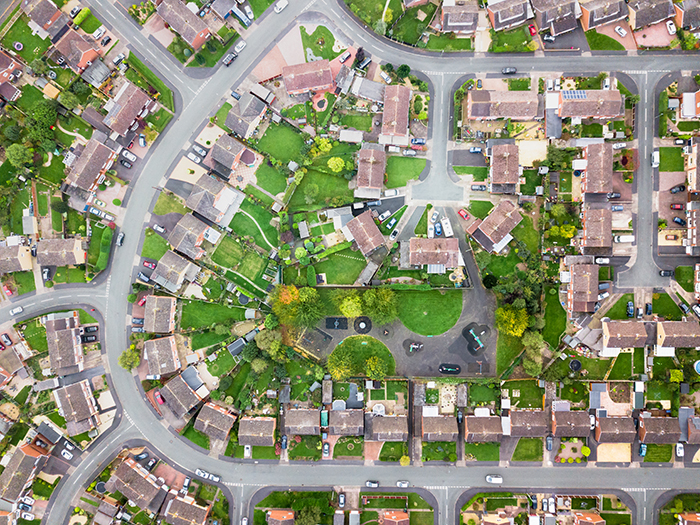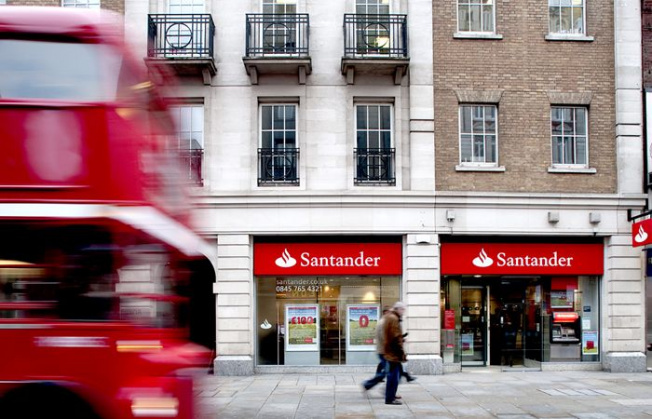
More than one in ten mortgage payers found it “more difficult” to afford their home loans compared to a year ago, data from the English Housing Survey 2020 to 2023 shows.
It says that 11% of mortgagers found it hard to afford their payments this year, says the report from the Department for Levelling Up, Housing and Communities.
This compares to 29% of private tenants and 27% of social renters who had trouble paying their rent.
The survey comes after the Bank of England has raised the base rate 14 times from 0.1% in December 2021 to currently stand at 5.25%. The Bank is battling inflation, which stands at 4.6%.
The report adds that most first-time buyers funded their home purchases with savings — although there was an increase in those who had help from family or friends to 36% this year, from 27% a year ago.
The average deposit of an FTB in 2022-23 was £50,051, while the median deposit figure was £30,000.
There were 1.1 million vacant UK dwellings in 2022, making up 5% of homes in England, which is similar to the last year of pre-pandemic data collection in 2019.
Also, 15% of dwellings failed to meet the Decent Homes Standard last year, which broadly maintains that a home should be “safe, warm and decent”.
Over the last 10 years, the proportion of homes in the highest energy efficiency bands A to C rose to 48% from 19%.
Homes in the social rented sector saw the largest increase, almost doubling to 70% from 36%.
Owner occupation remains the largest tenure group in England, 65% of households, with the social rented sector being the smallest, 16%, and the private rented sector remaining a similar proportion, 19%, since 2013-14.
Owner-occupiers account for 15.8 million of the estimated 24.4 million households in England living in self-contained accommodation.
But the report adds that the number of outright homeowners has grown “significantly” over the last decade.
It says: “While the overall proportion of owner-occupiers remains similar to a decade ago, the proportion of outright owners is significantly higher.
“Since 2013-14, there have been more outright owners than mortgagers and the proportion is significantly higher still – 35% of households are outright owners and 29% are mortgagors in 2022-23.”
The report adds that “owner-occupiers had higher scores for life satisfaction, thinking life is worthwhile, happiness, and lower scores for anxiety, than other tenures”.



